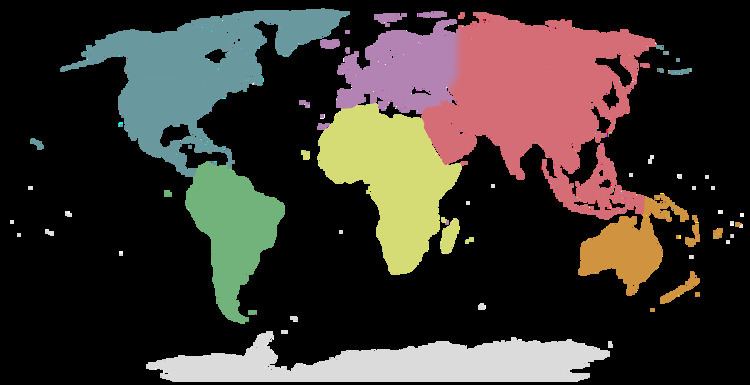 | ||
Adherents of Islam constitute the world's second largest religious group. According to a 2010 study that was released in January 2011, Islam has 1.6 billion adherents, making up over 23% of the world population. According to another study in 2015 Islam has 1.7 billion adherents. Most Muslims are either of two denominations: Sunni (80-90%, roughly 1.5 billion people) or Shia (10–20%, roughly 170-340 million people). Islam is the dominant religion in the Middle East, North Africa, the Horn of Africa, the Sahel, Central Asia and some other parts of Asia. Large communities of Muslims are also found in China, the Balkans, India, and Russia. Other parts of the world host large Muslim immigrant communities; in Western Europe, for instance, Islam is the second largest religion after Christianity, where it represents 6% of the total population or 24 million people.
Contents
Denominations
Historically, Islam was divided into three major religious denominations well known as Sunni, Khawarij and Shī‘ah. In the modern era, Sunnis constitute more than 70% of the overall Muslim population while the Shi'as are slightly more than 20%.
Today, many of the Shia sects are extinct. The major surviving Imamah-Muslim Sects are Usulism (with nearly more than 10%), Nizari Ismailism (with nearly more than 1%) and Alevism (with slightly more than 0.5% but less than 1%). The other existing groups include Zaydi Shi'a of Yemen whose population is nearly more than 0.5% of the world's Muslim population, Musta’li Ismaili (with nearly 0.1% whose Taiyabi adherents reside in Gujarat state in India and Karachi city in Pakistan. There are also significant diaspora populations in Europe, North America, the Far East and East Africa), and Ibadis from the Kharijites whose population has diminished to a level below 0.15%. On the other hand, new Muslim sects like the Nation of Islam, Ahmadi Muslims (with nearly around 1%), non-denominational Muslims, Quranist Muslims and Wahhabis (with nearly around 1-2% of the world's total Muslim population) were later independently developed.
According to the Pew Research Center in 2010, there were 50 Muslim-majority countries. Around 62% of the world's Muslims live in the Asia-Pacific region (from Turkey to Indonesia), with over 1 billion adherents. The largest Muslim population in a country is in Indonesia, a nation home to 12.7% of the world's Muslims, followed by Pakistan (11.0%), and India (10.9%). About 20% of Muslims live in Arab countries. In the Middle East, the non-Arab countries of Turkey, Pakistan and Iran are the largest Muslim-majority countries; in Africa, Egypt and Nigeria have the most populous Muslim communities. The study found more Muslims in the United Kingdom than in Lebanon and more in China than in Syria.
Countries
Most of the percentages of Muslim populations of each country, if not stated otherwise, were taken from the study by the Pew Research Center report of The Future of the Global Muslim Population, as of 27 January 2011. Other studies show variance with Pew figures. The percentage of Muslims in Egypt is given as 93.7%. However, the figure for Christians in Egypt is usually estimated at 12-15%, but in truth nobody knows since there has been no religious census. Likewise the percentage of Christians in Jordan is usually estimated to be 6-7%.
